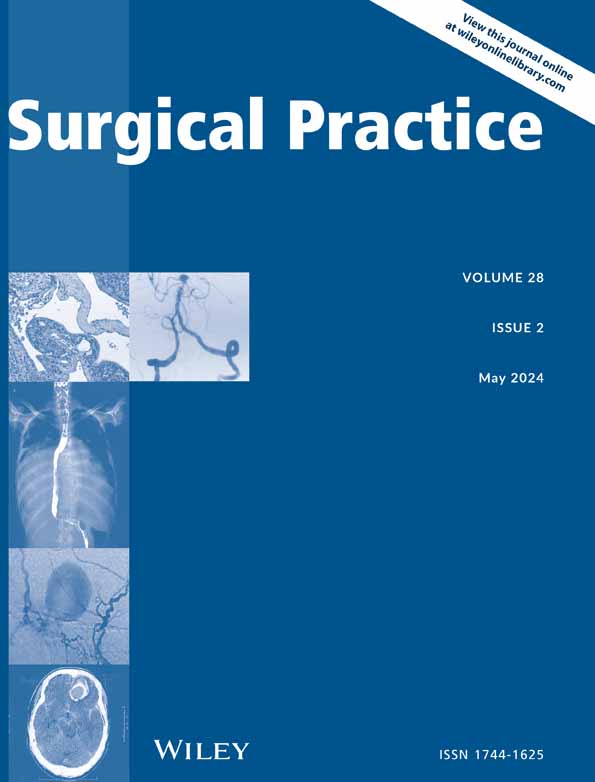Efficacy test for intermittent theta burst stimulation during motor rehabilitation in patients post-stroke in a tertiary centre in Hong Kong
Abstract
Aim
Stroke represents a significant cause of long-term disability in adults. Repetitive transcranial magnetic stimulation (rTMS) is a non-invasive brain stimulation method known for its potential to enhance motor recovery. Intermittent theta burst stimulation (iTBS), a standardised rTMS protocol initially utilised in patients with depression, has garnered attention in the realm of stroke rehabilitation. This study seeks to establish the efficacy profile of iTBS in motor rehabilitation for patients with subacute or chronic stroke.
Patients and methods
This study is a prospective cohort trial in which eligible patients with stroke were recruited into the iTBS group. Ten sessions of iTBS were conducted, followed by physiotherapy. An equal number of matched controls were recruited into the conventional physiotherapy group. The differences in various scoring systems related to motor performance at 6 months were analysed using independent two-sample t test.
Results
Forty patients were enrolled in the study. At 6 months, iTBS demonstrated a statistically significant improvement compared with conventional physiotherapy across various scoring systems, including motor power grading (47.4% vs 0%, P < .0001), Upper Extremity Fugl–Meyer Assessment (19.8% vs 0.7%, P < .0001), Box and Block Test (25.6% vs 1.7%, P = .007) and Barthel Index (17.8% vs 0.1%, P = .0002). No major adverse events were reported in the iTBS group at 6 months.
Conclusion
iTBS resulted in significant improvement in motor performance across various domains at 6 months compared with conventional physiotherapy alone. This method proves to be a safe approach for motor rehabilitation.
CONFLICT OF INTEREST STATEMENT
All authors declare that they have no conflicts of interest.




